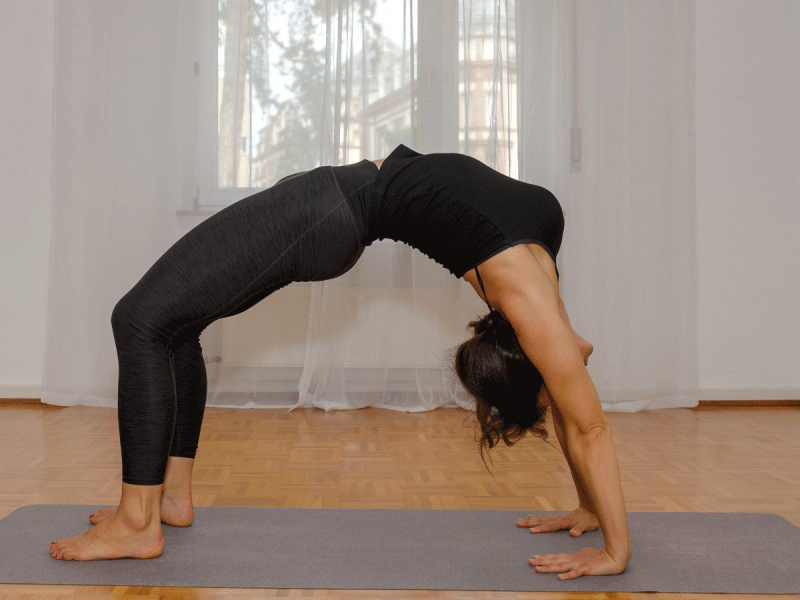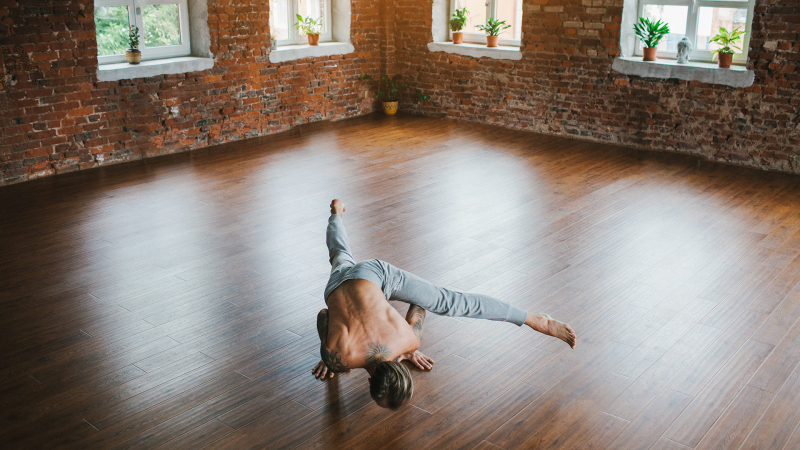Asana
In the third rank in yogic guidelines for conscious self development is Asana. Asana is the practice of the yoga postures. Patanjali was an ascetic who subscribed to the liberation model of yoga. That’s a long conversation for another day, but suffice it to say that the body wasn’t important to Patanjali. Patanjali taught the physical practice of yoga as movements that are meant to be done with ease and joy. He taught that it’s important to take your time with each pose, and move from posture to posture fully present by focusing the mind on the breath.
Yoga as a workout can be dangerous since it pushes pupils beyond their limits, which can lead to injury. According to the sutras, yoga should be practiced in a relaxed condition with the goal of connecting oneself to one's body and combating mental dualism. Asana practice on a daily basis promotes physical and mental well-being.
Is this to say that yoga asana is any less valid than conventional yoga? No, because no matter how you come to yoga, you'll have the chance to observe things, and it's when you do that that it gets interesting. It's not so much what you do as it is how you do it in yoga. The objective of yoga is to move with consciousness. We have that option with yoga asana.










